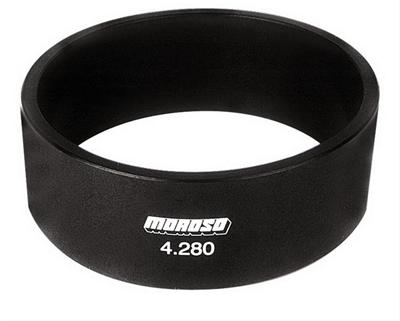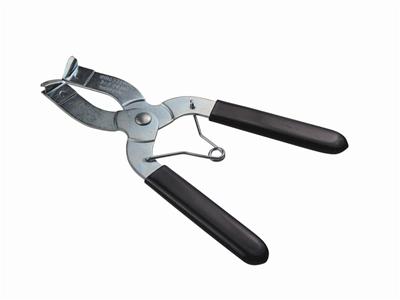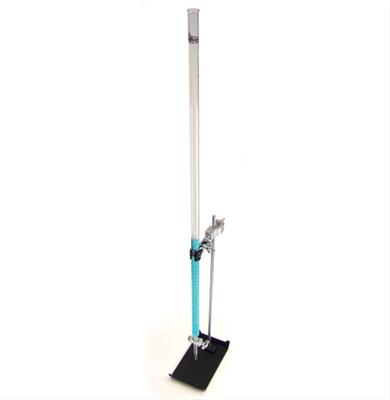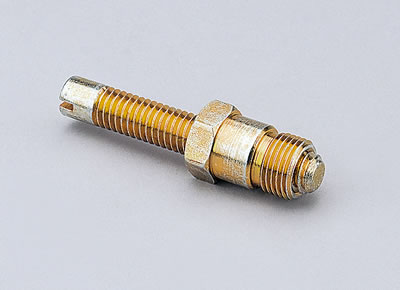Peer81
Well-known member
Hello everbody,
As I'm looking left and right so I can build my own 383 in the future. I not in a hurry but I want to do it the best way I can, I'm not saying blueprinting is the right word for it not by a long shot! But the like the idea to tripple check everything to get it just right. Maybe I overlooked some tools I will be needing for the build.
At this time I have all the basic tools like wrenches (standard and metric), torque wrench, dead blow hammer feeler gauge, engine stand, digital mitutoyo caliper and a 0 to 1" digital mitu outside micrometer, 0.01mm dial indicator, piston ring compressor and 2 snapon clock torque wrenches.
I planning to buy a good set of mitutoyo outside micrometers 0 to 4" (0.0001"), a 0.0001" dial indicator, bore gage 0.0001?, piston ring filer, carbide cutters, camshaft degree wheel, valve spring compressor, valve seat pressure tester and shims? and make my own chamber cc kit.
I think I'm not going to install the cam bearings as the tool isn't cheap and the machine shop and go the job to.
So besides all the sealing stuff like RTV etc etc what am I missing? Do I need a special tool to measure how deep the piston is below the deck as I can imagine it doing with my caliper?
At this moment I think the machine shop will clean the block, slightly mill the deck (not zero deck), line bore the crank and hone cilinders for crosshatch pattern, balance the crank parts.
Any extra advise or tips on good books are always welcome. Of course youtube also has some vid's on this subject but I can already see some people "blueprinting" an engine without even taking the micrometer outside the toolbox. :ugh
Greetings Peter
As I'm looking left and right so I can build my own 383 in the future. I not in a hurry but I want to do it the best way I can, I'm not saying blueprinting is the right word for it not by a long shot! But the like the idea to tripple check everything to get it just right. Maybe I overlooked some tools I will be needing for the build.
At this time I have all the basic tools like wrenches (standard and metric), torque wrench, dead blow hammer feeler gauge, engine stand, digital mitutoyo caliper and a 0 to 1" digital mitu outside micrometer, 0.01mm dial indicator, piston ring compressor and 2 snapon clock torque wrenches.
I planning to buy a good set of mitutoyo outside micrometers 0 to 4" (0.0001"), a 0.0001" dial indicator, bore gage 0.0001?, piston ring filer, carbide cutters, camshaft degree wheel, valve spring compressor, valve seat pressure tester and shims? and make my own chamber cc kit.
I think I'm not going to install the cam bearings as the tool isn't cheap and the machine shop and go the job to.
So besides all the sealing stuff like RTV etc etc what am I missing? Do I need a special tool to measure how deep the piston is below the deck as I can imagine it doing with my caliper?
At this moment I think the machine shop will clean the block, slightly mill the deck (not zero deck), line bore the crank and hone cilinders for crosshatch pattern, balance the crank parts.
Any extra advise or tips on good books are always welcome. Of course youtube also has some vid's on this subject but I can already see some people "blueprinting" an engine without even taking the micrometer outside the toolbox. :ugh
Greetings Peter














